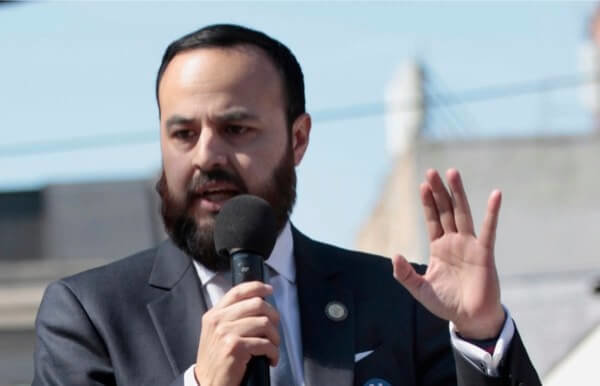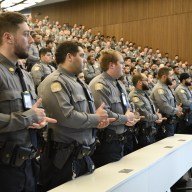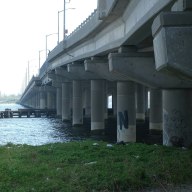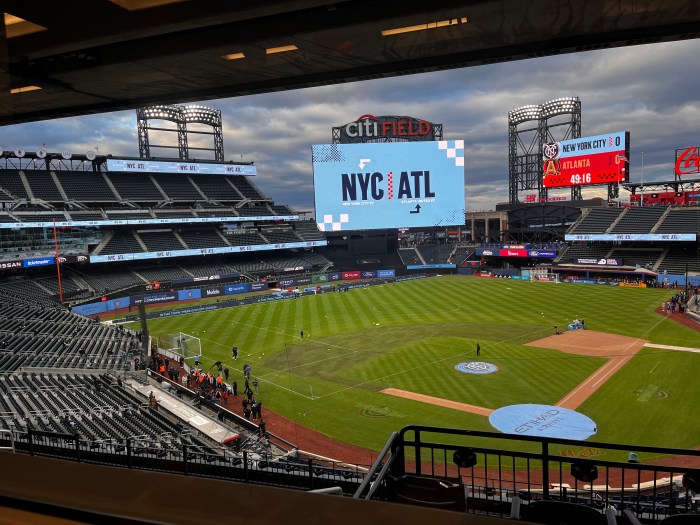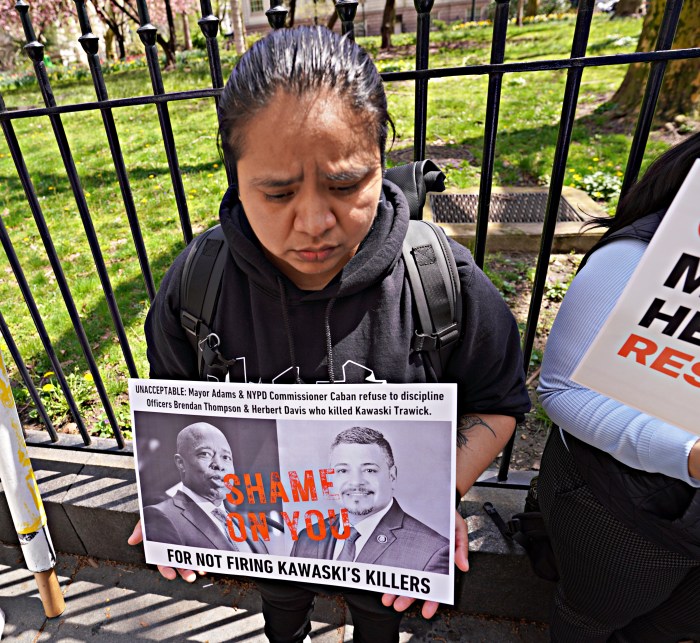When Long Island City was rezoned in 2001, the city estimated the changes would create about 300 new residential units. Since then, 10,000 units have been created; the city missed the mark by over 3,000 percent.
This phenomenon points to flaws in the City Environmental Quality Review (CEQR), the process that the city uses to predict how rezonings will impact neighborhoods. Corona City Councilman Francisco Moya is worried about the effect that these miscalculations will escalate displacement and school overcrowding.
“It seems to me that right now we’re treating New Yorkers in primarily low-income minority communities as guinea pigs in a badly designed experiment. We need to compare the results of these rezonings to our original hypothesis in the CEQR study and see what we can glean,” said Moya in a statement.
The City Council’s Subcommittee on Zoning and Franchises, which Moya chairs, held a hearing on May 7 to assess whether CEQR procedures useful for accurately predicting and mitigating the impacts of City Planning Commission decisions.
As of now, there is no process to assess the results of CEQR’s analysis after rezonings have come to pass. The councilman recently submitted two bills that address different facets of the issue: one aims to measure residential displacement and the other seeks to measure school overcrowding in neighborhoods that have undergone land use change.
Moya told QNS one of his main concerns is that the CEQR manual does not take into account rent-regulated apartments. Without this data, he said, it’s difficult for rezoning process to bring in housing stock that supports the people already living in the community. He thinks this information is crucial for this city to have in order to fight gentrification.
“It’s important when we are in a time when there is very limited affordable housing stock in the city of New York, when we’ve seen the drastic rates of homelessness, when we’re giving swathes of city-owned property to developers. Our community should be the first to receive the affordable housing stock coming in and that’s not happening,” Moya said.
The displacement bill, Int.1487, would require the city to conduct a study five-years after the rezoning received final approval by the City Council on all areas rezoned after Jan. 1, 2015.
If there’s a shift in the population of over 5 percent, then that would be a trigger for the city to look at what happened and make a recommendation for amending the CEQR manual.
The other bill, Int. 1531, would require the Department of City Planning to report on the impact on public school capacity and overcrowding in recently rezoned neighborhoods four years and 10 years after land use change.
As to what the resulting recommendations might look like, Moya says that’s up to the Mayor’s Office of Environmental Coordination that administers the CEQR manual.
“That’s on them to tell us,” he said. “We want them to do a look back to see what has been working and what hasn’t.”

